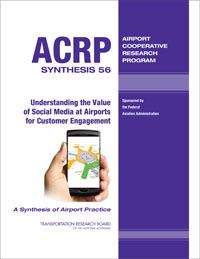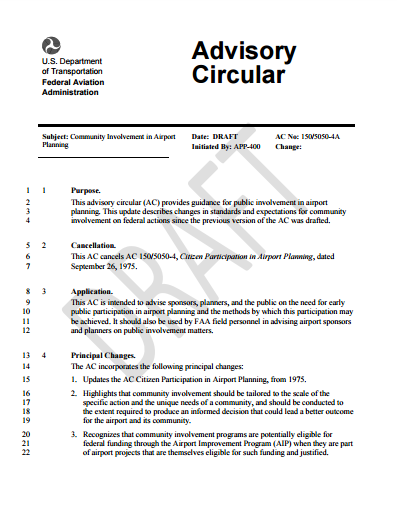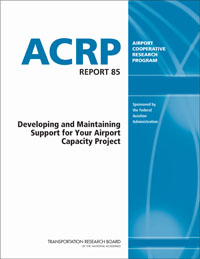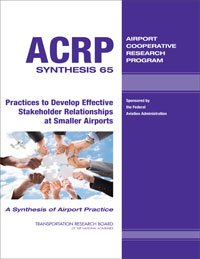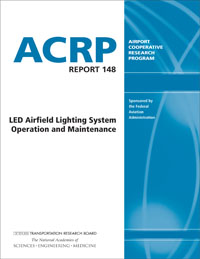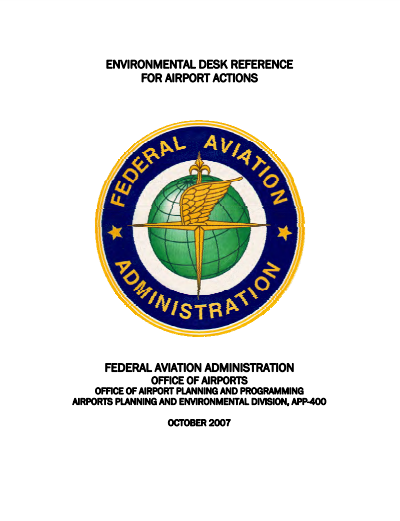40 CFR Appendix W to Part 51: Guideline on Air Quality Models
Abstract
The Guideline provides EPA-recommended models and other techniques, as well as guidance for their use, for predicting ambient concentrations of air pollutants. The Guideline recommends air quality modeling techniques that should be applied to state implementation plan (SIP) revisions for existing sources and to new source reviews (NSRs), including prevention of significant deterioration. This Guideline was developed based on the need for consistency in the application of air quality models for regulatory purposes. In the 1977 Clean Air Act, Congress mandated such consistency and encouraged the standardization of model applications. The Guideline was first published in April 1978 to satisfy these requirements by specifying models and providing guidance for their use. The Guideline provides a common basis for estimating the air quality concentrations of criteria pollutants used in assessing control strategies and developing emission limits. The Guideline is used by the EPA, other federal, state, territorial, local, and tribal air quality agencies, and industry to prepare and review new or modified source permits, SIP submittals or revisions, conformity, and other air quality assessments required under the Clean Air Act and EPA regulations. The Guideline serves as a means by which national consistency is maintained in air quality analyses for regulatory activities under 40 CFR (Code of Federal Regulations) 51.112, 51.117, 51.150, 51.160, 51.165, 51.166, 52.21, 93.116, 93.123, and 93.150.
